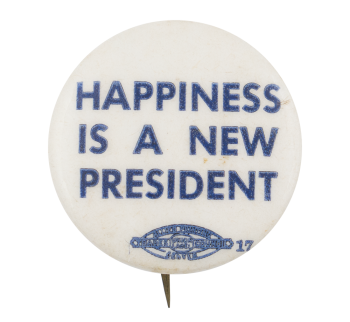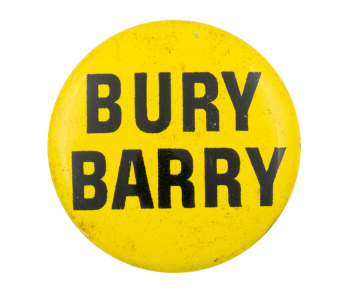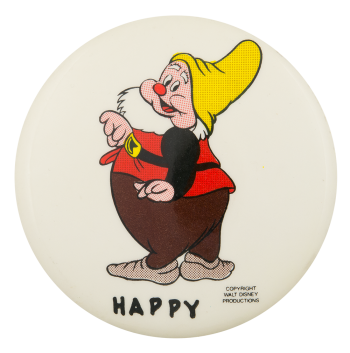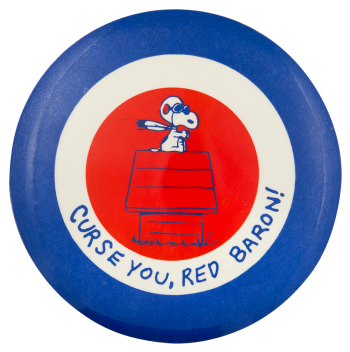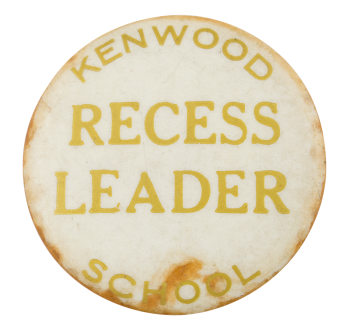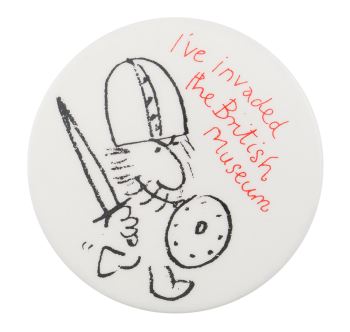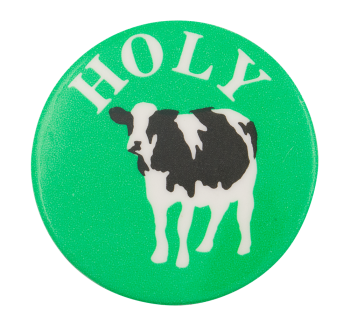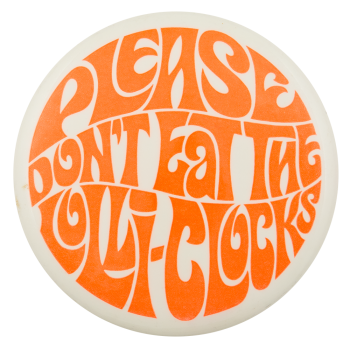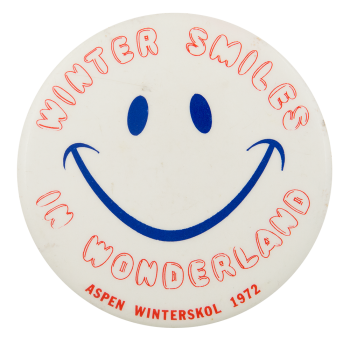Happiness is a New President
| Category | |
|---|---|
| Additional Images | |
| Text on Button | HAPPINESS IS A NEW PRESIDENT |
| Image Description | Blue text and a union bug on a white background |
| Back Style | |
| The Shape | |
| The Size | |
| Year / Decade Made | |
| Additional Information | By 1972, President Richard M. Nixon was intensely disliked by many Americans. His failure to end the Vietnam War, despite earlier promises to do so, and his call for a War on Drugs made him unpopular among a broad segment of voters. Anti-Nixon ephemera abounded during his bid for reelection, which included buttons that read “Happiness is a New President,” “Dump Nixon,” and “Nixon, Gone with the Wind”. Though many were disappointed with Nixon’s performance as president, his Democratic opponent George McGovern was firmly defeated in the 1972 election. Nixon went on to serve another term until the Watergate scandal eroded the remainder of his political support. He resigned in August, 1974. |
| Sources |
Anderson, P. (1972, May 14). The taste of success. New York Times. https://www.nytimes.com/1972/05/14/archives/the-taste-of-success-mcgove… Bates College. (n.d.). EAD finding aids. http://abacus.bates.edu/muskie-archives/EADFindingAids/MC105_XIII_C_Pol… |
| Catalog ID | PO0911 |

